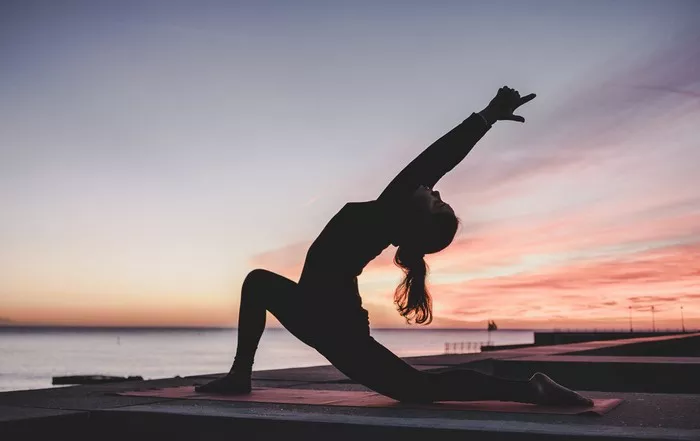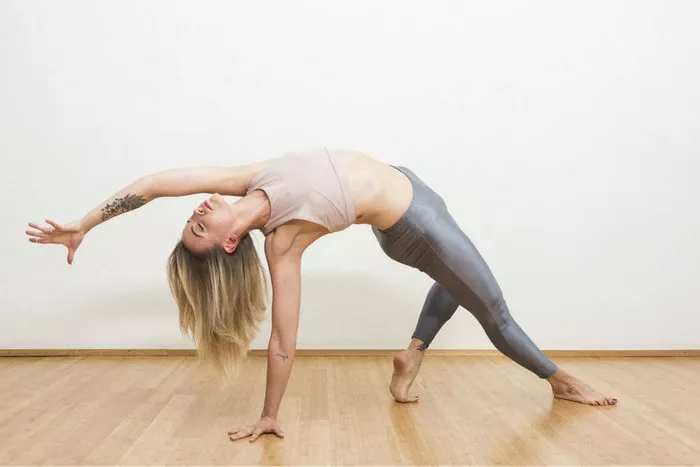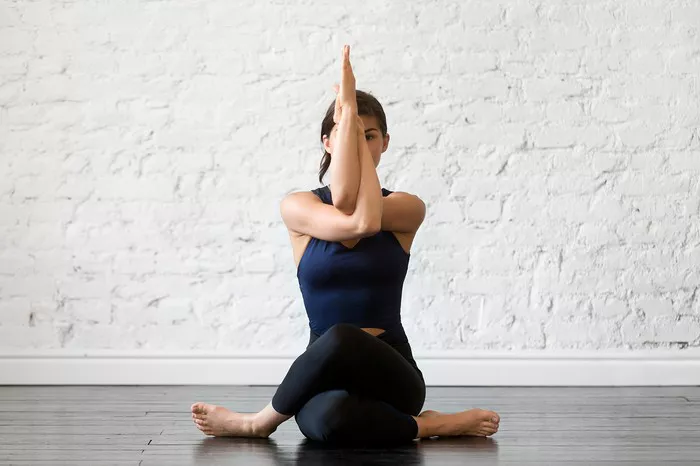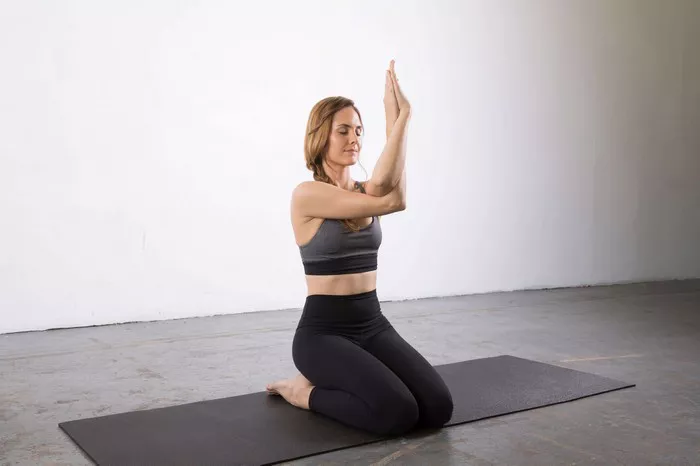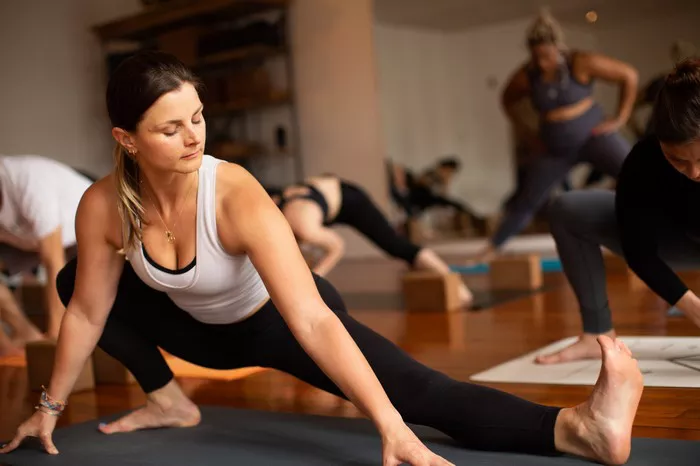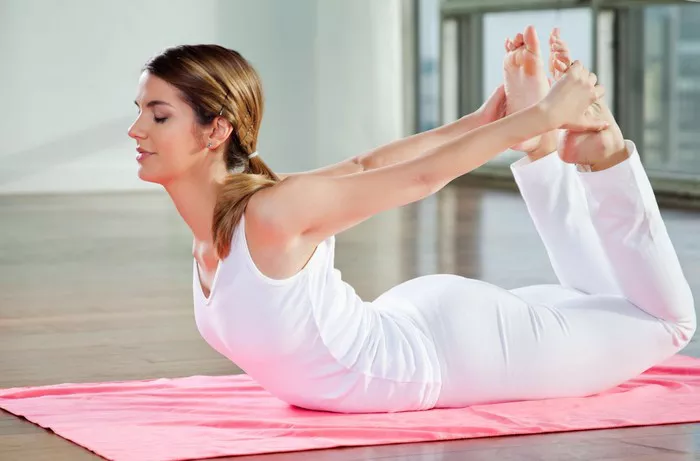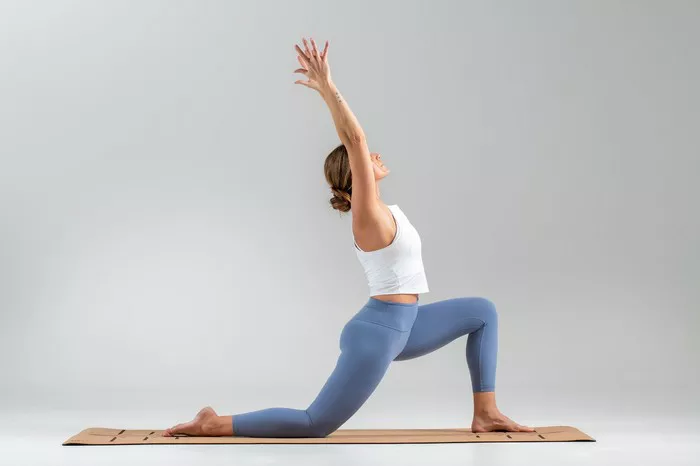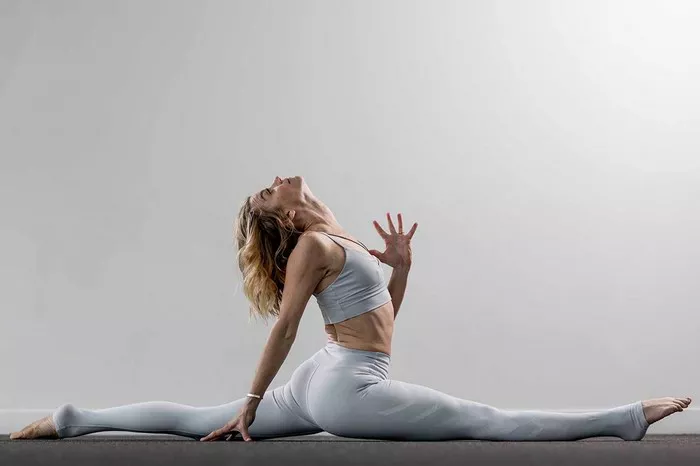Hatha Yoga is a broad and ancient system that encompasses a variety of techniques aimed at achieving physical health, mental clarity, and spiritual enlightenment. Among the many practices within Hatha Yoga, one of the most profound and impactful is the Mahamudra. This powerful technique is often revered by yogis for its transformative effects on the body and mind. To truly understand what Mahamudra is, we must first look into its origins, its purpose, and the practical aspects of its practice.
In this article, we will explore the Mahamudra in Hatha Yoga from various perspectives—its definition, its significance, its benefits, and how it is practiced—allowing both beginners and experienced practitioners to gain insight into its importance within the broader context of Hatha Yoga.
1. The Meaning and Origins of Mahamudra
Mahamudra is a Sanskrit term that translates roughly to “great seal” or “great gesture.” The word “maha” means great or supreme, while “mudra” refers to a hand gesture or seal used in yogic practice to channel energy, consciousness, or divine presence. However, the term Mahamudra transcends the simple definition of a physical gesture; it embodies a profound spiritual state of being that engages the body, breath, and mind in a unified way.
In Hatha Yoga, Mahamudra is considered one of the most powerful techniques for attaining deep states of meditation, spiritual awakening, and internal energy activation. It is considered a comprehensive practice that connects both the physical and the energetic bodies, enhancing one’s overall sense of well-being and consciousness.
The origins of Mahamudra can be traced back to ancient yogic texts, where it is considered a “mudra” of great spiritual significance. It is not merely a physical posture or practice; it is seen as a way to experience the deeper layers of consciousness. The Mahamudra in Hatha Yoga is often practiced in a seated position and involves a combination of breath control (pranayama), physical alignment, and focused attention, with the aim of stilling the mind and awakening inner energy.
2. The Philosophy of Mahamudra in Hatha Yoga
Mahamudra is not just a set of postures or exercises; it represents a philosophy and a profound approach to understanding the self. The practice of Mahamudra aligns with the core principles of Hatha Yoga, which is built upon the union of opposites—balancing the sun (ha) and moon (tha) energies within the body to achieve inner harmony.
The philosophy of Mahamudra revolves around the idea of awakening the dormant energy within the body and mind. This energy, known as prana or life force, is said to lie dormant at the base of the spine in a coiled form, represented as the kundalini energy. Through proper practice of Mahamudra, the practitioner is said to awaken this energy and allow it to rise through the chakras, leading to spiritual illumination and enlightenment.
The ultimate goal of Mahamudra is to experience the union of the individual soul with the universal consciousness, an experience often referred to as samadhi in yogic philosophy. Mahamudra is a step-by-step process that gradually leads the practitioner to deeper states of meditation and awareness, culminating in a profound sense of oneness with the universe.
3. The Benefits of Practicing Mahamudra
The practice of Mahamudra in Hatha Yoga offers a multitude of benefits, both on the physical and mental levels. Below are some of the most significant advantages of practicing this powerful technique:
Physical Benefits:
Improved Flexibility and Strength: Through the practice of various postures that are often part of the Mahamudra sequence, the body becomes more flexible and strong. The specific movements help release tension in the muscles, improve joint mobility, and increase overall strength, particularly in the core and spine.
Enhanced Energy Flow: As Mahamudra focuses on channeling prana (life force) throughout the body, it promotes better circulation of energy. This can lead to enhanced vitality, increased endurance, and overall well-being.
Detoxification: Certain variations of Mahamudra involve breathing exercises that stimulate the lymphatic system and the organs of detoxification, promoting the release of accumulated toxins and promoting a sense of physical lightness.
Better Posture: The practice of Mahamudra requires maintaining certain postures that encourage proper alignment of the spine, hips, and shoulders. This can improve posture, reduce strain on the back, and alleviate discomfort caused by poor alignment.
Mental and Emotional Benefits:
Mental Clarity: Mahamudra is a deeply meditative practice that focuses the mind. By entering a state of heightened awareness, practitioners often experience improved mental clarity and a sense of calm, making it easier to manage stress and navigate challenging situations.
Emotional Balance: The stillness cultivated in Mahamudra encourages emotional stability. Practitioners often report a reduction in anxiety, depression, and emotional reactivity as they learn to detach from the fluctuations of the mind.
Increased Concentration: The process of focusing attention on the breath, the body, and the subtle sensations within during Mahamudra helps increase concentration and mental focus. This can lead to better performance in all areas of life, including work, relationships, and personal growth.
Spiritual Awareness: The ultimate benefit of Mahamudra is the development of higher spiritual awareness. Through the alignment of body, breath, and mind, practitioners begin to experience the deeper dimensions of their consciousness and their connection to the universe. This can lead to a sense of oneness and spiritual awakening.
4. How to Practice Mahamudra in Hatha Yoga
Now that we understand the philosophy and benefits of Mahamudra, let’s explore how to practice it. Mahamudra is typically practiced in a seated position, although variations may exist. Below is a step-by-step guide for a basic Mahamudra practice.
Step 1: Preparation
Begin by sitting in a comfortable seated posture. The most common posture for Mahamudra is Padmasana (Lotus Pose) or Sukhasana (Easy Pose), but you can choose any seated posture that feels comfortable. Ensure your spine is straight, shoulders relaxed, and chin slightly tucked in. Place your hands on your knees or thighs in a mudra (gesture) of your choice, such as Gyan Mudra (thumb and index finger touching) or Chin Mudra (thumb and index finger touching, palms facing upward).
Step 2: Breath Awareness
Begin to observe your natural breath. Notice the rhythm of your inhale and exhale without trying to change it. As you focus on your breath, begin to deepen and slow it down. Practice deep belly breathing, where the diaphragm expands as you inhale and contracts as you exhale. This will help calm the nervous system and prepare you for the next steps.
Step 3: Pranayama (Breathing Techniques)
Incorporate specific pranayama practices to regulate the flow of energy within the body. Some common pranayama techniques used in Mahamudra include:
Ujjayi Pranayama (Victorious Breath): Breathe deeply through the nose, constricting the back of the throat slightly to create a gentle, ocean-like sound. This technique helps calm the mind and enhances concentration.
Nadi Shodhana (Alternate Nostril Breathing): Close one nostril and inhale deeply through the other, then switch nostrils and exhale. This technique balances the energy channels and clears blockages in the body.
Step 4: Mudra and Bandhas (Energy Locks)
While maintaining the seated posture, practice engaging the bandhas, or energy locks. These are specific muscle contractions that help direct energy flow in the body. The main bandhas used in Mahamudra are:
Mula Bandha (Root Lock): Contract the muscles at the base of the pelvis to lock the energy at the root of the spine.
Uddiyana Bandha (Abdominal Lock): Draw the navel inward and upward to engage the abdominal muscles.
Jalandhara Bandha (Throat Lock): Lower the chin to the chest slightly to lock the energy at the throat.
These locks, combined with breath control, help to elevate the prana within the body.
Step 5: Meditation
The final aspect of Mahamudra is meditation. As you continue to maintain the seated posture and breath control, shift your attention inward. Focus on the subtle sensations within the body, the flow of prana, or a specific point of focus, such as the third eye (the space between the eyebrows). Let go of any distractions and allow your awareness to expand into a state of deep concentration and inner stillness.
Step 6: Closing the Practice
To complete the Mahamudra practice, gradually return to your normal breath and release the bandhas. Sit quietly for a few moments, observing the effects of the practice on your body, mind, and energy. Gently open your eyes and conclude with gratitude.
Conclusion
The Mahamudra in Hatha Yoga is a deeply transformative practice that holds the potential to bring about profound physical, mental, and spiritual benefits. By uniting breath, body, and mind in a harmonious flow, Mahamudra helps the practitioner awaken inner energy, achieve clarity of mind, and experience deeper states of consciousness.
Whether you are a seasoned yogi or a newcomer to the practice, Mahamudra offers a path to greater well-being and spiritual awakening. By understanding its purpose, philosophy, and the steps involved, you can incorporate this powerful technique into your yoga practice and unlock its many benefits. As with any advanced yoga practice, it is important to approach Mahamudra with patience, mindfulness, and respect for your body’s limits. Over time, you will likely find that Mahamudra not only enhances your yoga practice but also enriches your life on many levels.
Related Topics:

